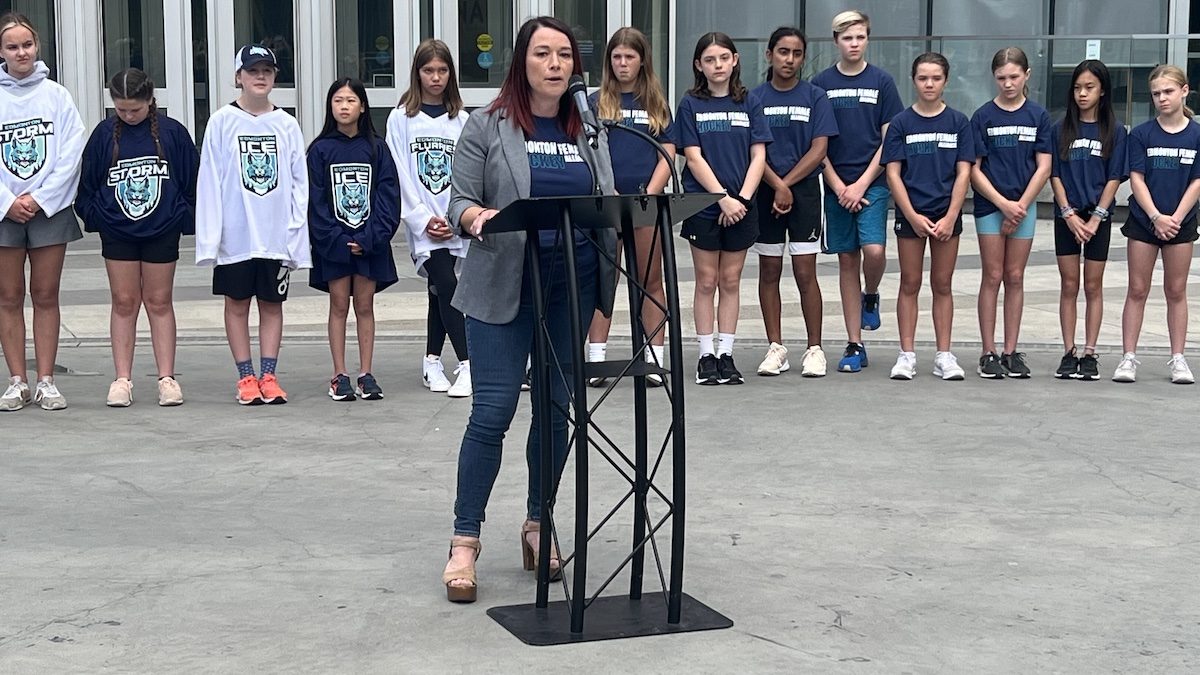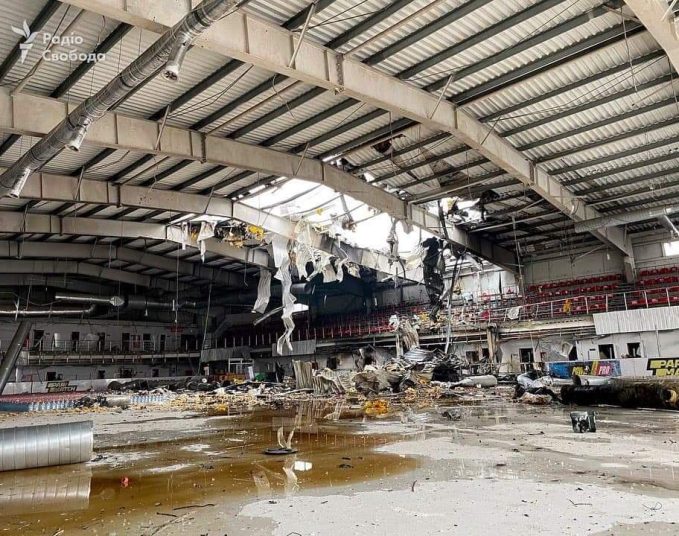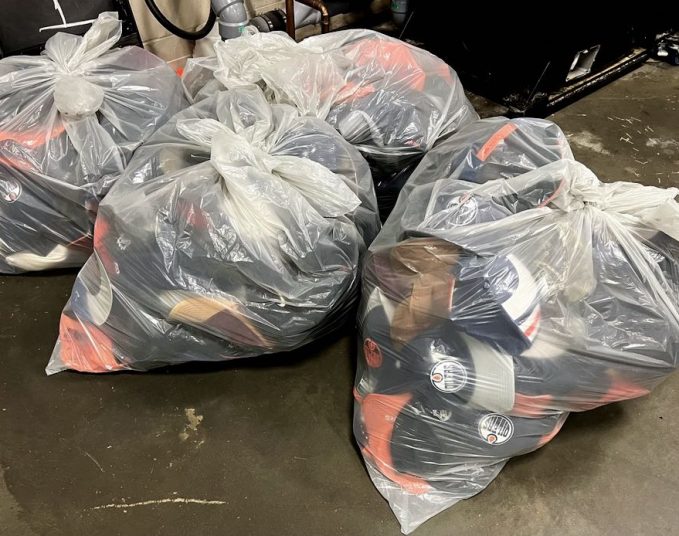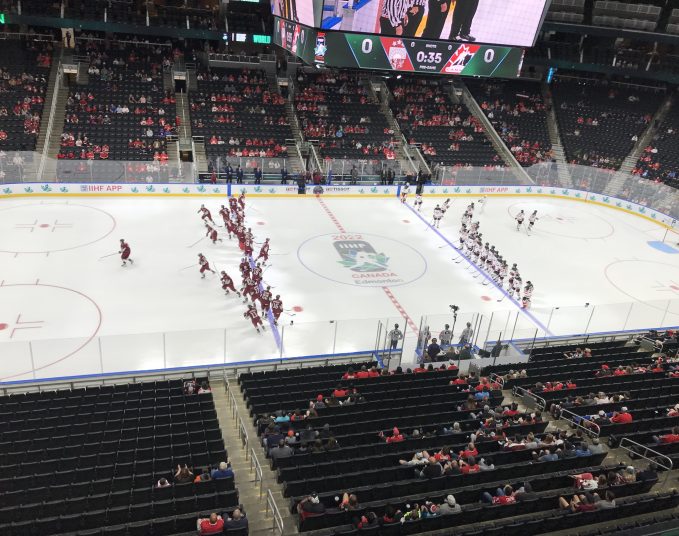The Edmonton Female Hockey Alliance has the noblest of aims; to put girls from across the city into one system, where they play against their peers and get much better experiences than their predecessors did.
The EFHA held a big launch event earlier this week in the ICE District, and the message was simple. Unite girls hockey under one banner. Basically, a girls league, where female players come first.
But with that comes extra costs. And what does that mean for a game that’s already struggling with criticisms about how much it costs to play the game, and the lack of diversity within hockey?
Aimee Skye of the Female Hockey Committee says the organization has an “unwavering commitment to an excellent player experience,” and that means more emphasis on development and support for the athletes. The reason that one overarching organization works better than a bunch of smaller hockey clubs is that, by bringing all the girls’ players together, there is enough of a critical mass of them so they can be properly tiered. There is no need to put girls on boys’ teams.
In smaller clubs, there weren’t a lot of registered girls — so the ones who do play were often thrown together, despite skill level. So, teams were mismatched. And it wasn’t always fun, and players didn’t develop like they should.
Skye says there are 1,250 girls currently playing hockey in Edmonton, and, in the coming years, if the numbers could be boosted, and all of those females were playing in appropriate, competitive programs, “that would be a measure of success.”
But, to provide that “excellent player experience,” fees will be higher than what parents paid before.
She said the EFHA researched several other minor hockey associations and their fee structures. And the EFHA will be “slightly higher” than previous girls hockey programs in Edmonton.
“A lot of that is really a commitment to saying ‘we’re building a fantastic experience for players.’ And, sometimes, fantastic experiences require more investment and more costs.”
Each girl registered in the program will need to pay a $200 development fee. This is on top of the registration fees, but the EFHA says this will go to a development plan that’s in addition to the 18 league games and practices. This could be additional on- and off-ice sessions, and even sports psychology.
This is fantastic from a development perspective — but it might provide sticker shock to some families who may already be at the breaking point.
Skye understands this.
“There certainly are partners in the city that we are able to work with. KidSport would be one. Sometimes we have players who come with other sponsor funding. We’re happy to work with their funders and sponsors.
“As we start to grow this association, there’s lots of partners, sponsors and investments. There’s lots of places to put those. One of those things is to start to create a fund for players who want to get into the game or want to stay in the game, but don’t have the means to do so. I see that as a priority for us over the next five years.”
There is a program to support in-need athletes with loaner equipment, with an emphasis on goalie gear. Investing in goalie equipment can cost parents multiple times what it would cost to kit out a forward or a defender. Partnered with the Edmonton Girls Hockey Association, there is a program to help seven- to nine-year-old girls find equipment.
As well, UA Local Union 488 provided $60,000 to help the EHFA.
And, how does Skye see girls’ hockey doing on the diversity front?
“I don’t know if I’ve had discussions about diversity in the co-ed versus the female game. I think if you look at the athletes here [gathered for the EFHA’s press event in the ICE District], you’ll see diversity in our athletes. I think if you’d see that as well if you went to other minor hockey associations in the city. Is it as diverse as it could be? No. Should it be more diverse? Yes. Part of that is helping to socialize the sport to people who may not have grown up with hockey as the national sport, who may have bad impressions of the sport, that it’s something other than it is.
“And part of that is showcasing the fact tha what we are doing is really athlete development, people development, citizen development. There’s a lot of benefit that comes out of playing on a team, not just the athletics and the physical development. Part of that is showcasing to people that there is real value in participating in a sport.
“Do we have more work to do in diversity? Absolutely. In all kinds of ways.”
Savvy AF. Blunt AF. Edmonton AF.




